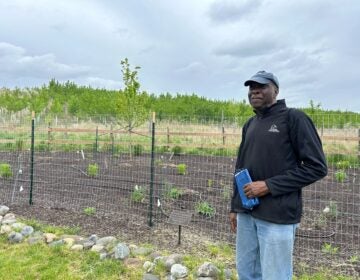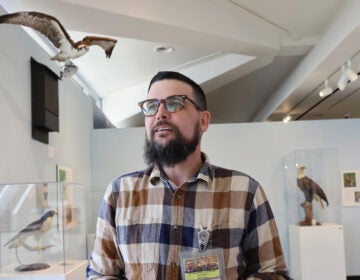Croydon Woods has earned awards for environmental stewardship. It’s a Superfund site
The Bucks County site has earned Heritage Conservancy environmental awards amidst more than 30 years of federal remediation.
Listen 4:38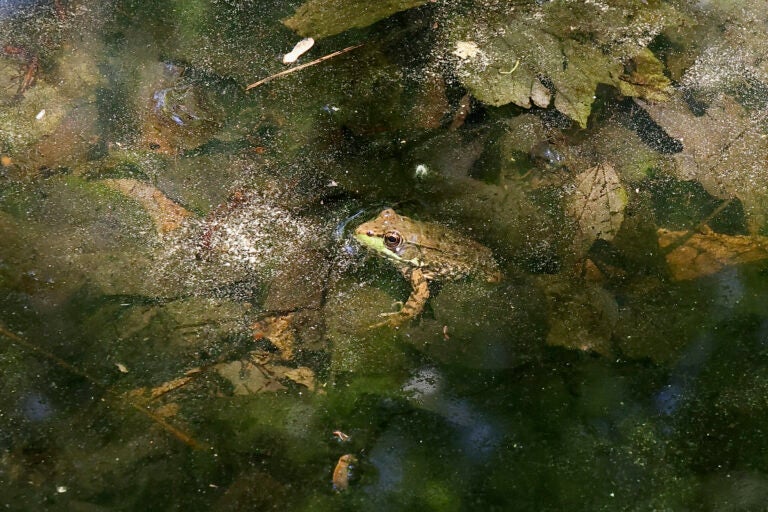
A green frog floats in a vernal pool in Croydon Woods Nature Preserve. (Emma Lee/WHYY)
From Philly and the Pa. suburbs to South Jersey and Delaware, what would you like WHYY News to cover? Let us know!
For more than 30 years, Connie Storz has kept an eye on an 80-acre parcel of woods next to the Keystone Elementary School in Croydon, Bucks County. As a school administrator, she had an interest in what was going on in Croydon Woods.
“This used to be a complete trash dump,” Storz said, walking through Croydon Woods Nature Preserve recently when its bare trees were beginning to emerge from winter.
“A lot of homeless, a lot of kids partying back here, and there was a lot of quad riding,” she said. “That was probably the worst, kids riding their quads back here. And motorcycles.”

But public use of the woods has come a long way in the past three decades. As one of Pennsylvania’s last remaining coastal plain forests, Croydon Woods is home to frogs, beavers and owls. It sits along the Delaware River near Bristol and is thick with beech and magnolia trees, wild cinnamon ferns and small, endangered grasses.
It’s now maintained as a public green space by Heritage Conservancy, which recently received Gov. Josh Shapiro’s Award for Environmental Excellence for its restoration and management of Croydon Woods.
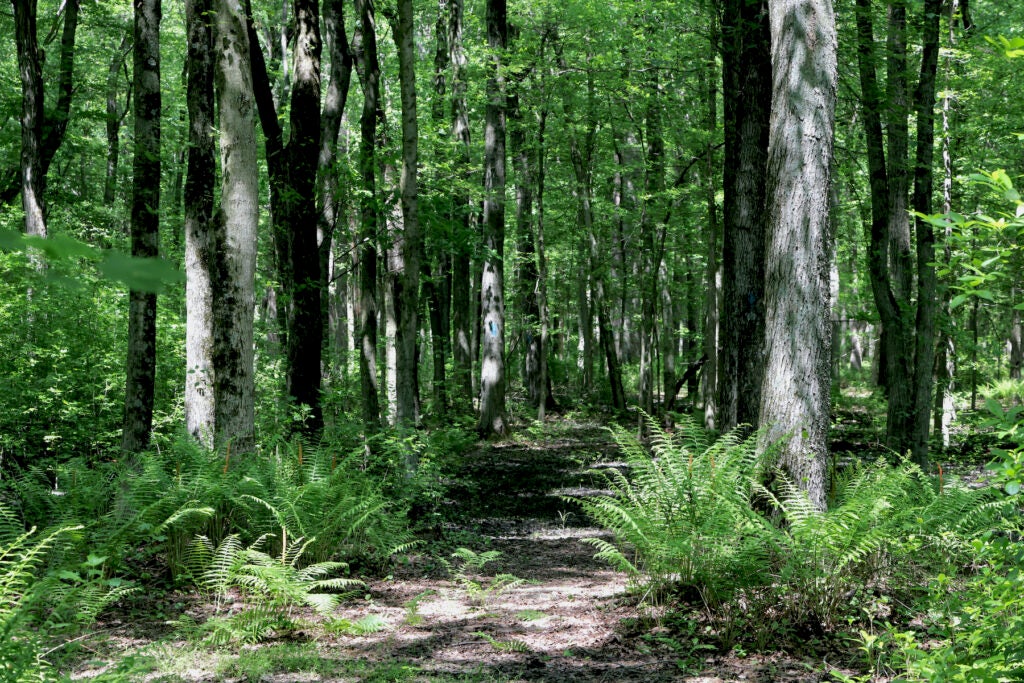
While it’s an urban oasis of greenery on its surface, Croydon Woods has a legacy of environmental pollution below. The area’s groundwater is contaminated with the carcinogen TCE, or Trichloroethylene. In 1986 the site was added to the federal list of toxic Superfund sites.
TCE is used in the manufacturing of refrigerants and cleaning solutions. Exposure to high concentrations of TCE can cause a long list of ailments, including cancer and damage to kidneys, liver, nervous system and fetal development.
For over a century, the area around Croydon has been used for chemical manufacturing by Rohm and Haas, now Dow Chemical. Under the Superfund law, the chemical companies are responsible for the remediation of a groundwater plume in the area surrounding the woods, but the particular plume of TCE found in the groundwater beneath the Croydon woods is of a different type. It could never be positively traced to Rohm and Haas, or Dow.
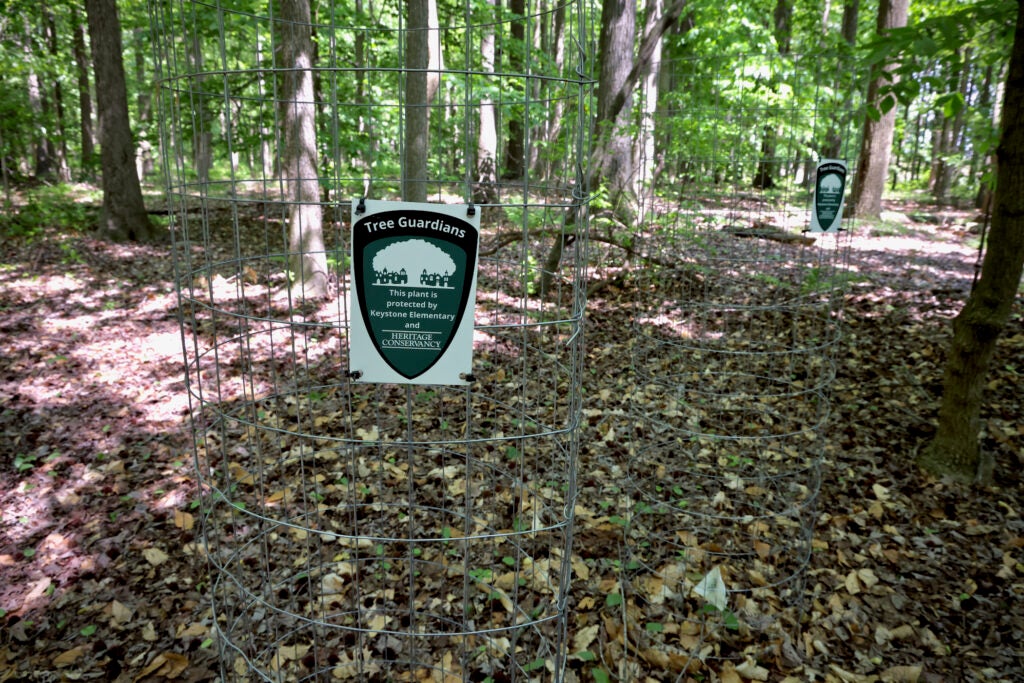
“The chemical signatures were different in the two plumes,” said Andrew Hass, a remedial project manager at the EPA. “The thought was there was maybe some illegal dumping going on.”
Without a responsible party, remediation fell to the EPA and Pennsylvania Department of Environmental Protection, paid by the federal Superfund established in 1980 by the Comprehensive Environmental Response, Compensation, and Liability Act (CERCLA).
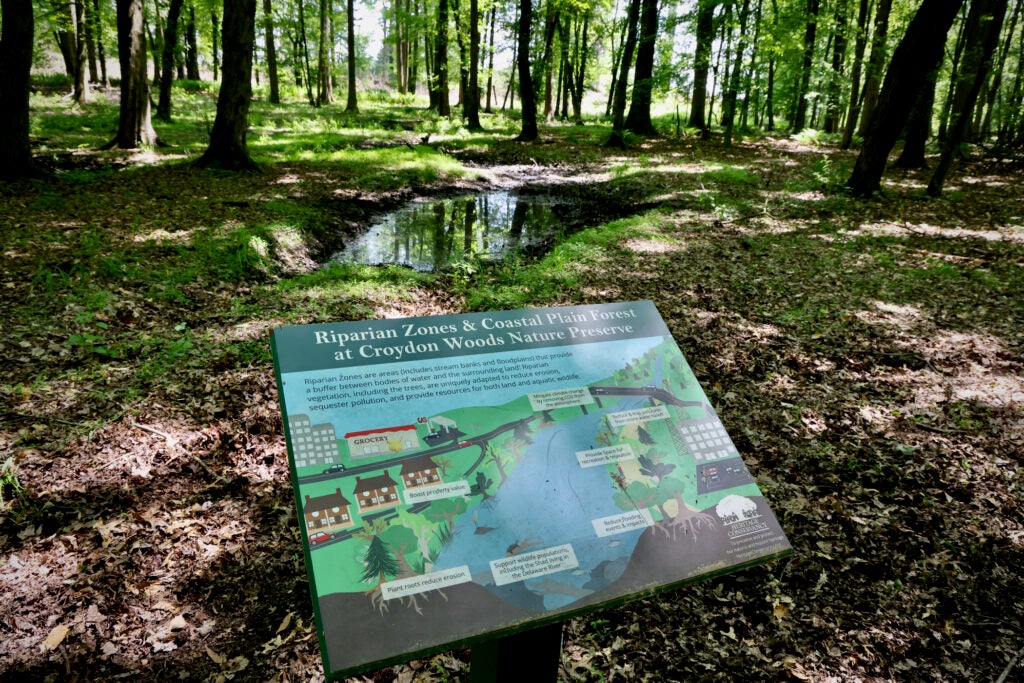
Hass said that in the 1980s, TCE contamination was more than 100 parts per billion. The goal now is to get TCE levels down to 5 parts per billion. After two major clean-up projects over the last 30 years — including pumping up the groundwater and treating it on the surface, and injecting a bio-stimulant into the earth to promote TCE-eating bacteria — it’s nearly there.
Hass held up his thumb and forefinger to show how close they are. He said some measurements show levels of just 5.2 parts per billion, but that last 0.2 ppb is the hardest. It could be decades before Croydon Woods is finally removed from the active Superfund list.

Despite the damage to the subsurface water, no danger exists for recreational use of the land because TCE is not present at the surface, according to the EPA. All homes that once used wells that drew from the polluted groundwater have been connected to the municipal water system since 1989.
Community involvement key to keeping the ecosystem intact
In the meantime, Heritage Conservancy wants to see Croydon Woods enjoyed by the public. The Heritage Conservancy acquired the property in 2016 to preserve its native ecology and encourage neighbors to use its approximately 1.5 miles of trails.
But it was not the toxic groundwater that kept people away. The community had learned to equate Croydon Woods with destruction and illicit behavior. Heritage Conservancy’s community engagement manager Shannon Fredebaugh-Siller said many neighbors saw the woods as off limits.
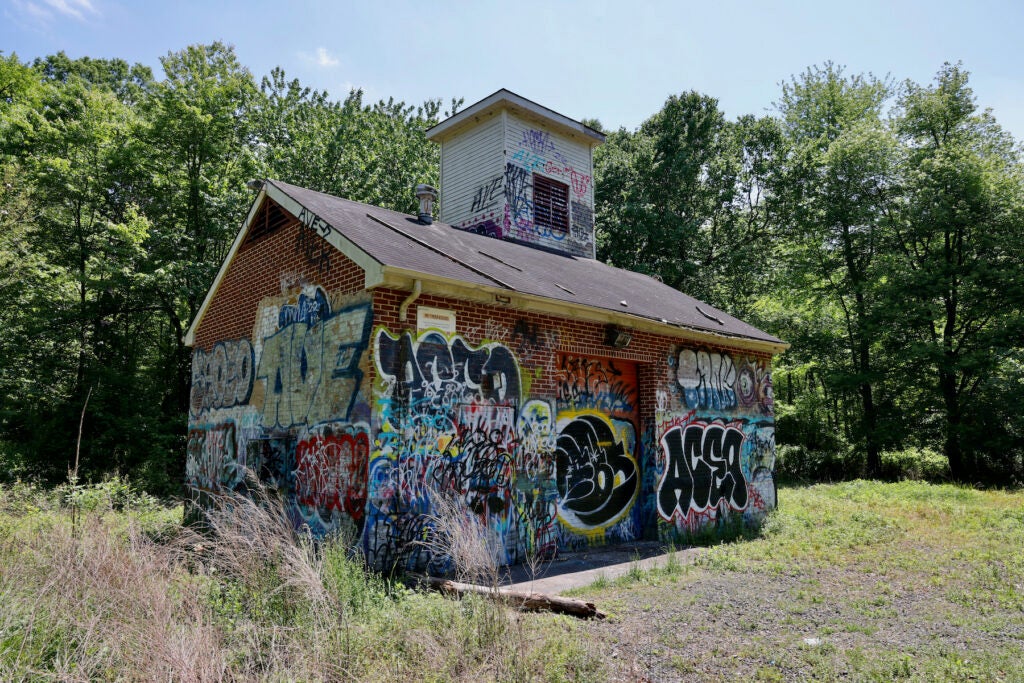
“There were the quads going through, and one of the first weekends that we owned the property there were unfortunately multiple fires set,” she said. “As a parent, myself, I could understand. It’s not a place that you would say, ‘Yes, children, go enjoy the woods.’”
It is Fredebaugh-Siller’s job to change the narrative of Croydon Woods to encourage residents to regard it as a natural oasis. One of the first things Heritage did was hire a 24-hour surveillance company to thwart all-terrain vehicles from tearing up the forest floor.
Croydon Woods has a great advantage, being next to an elementary school. Fredebaugh-Siller reached out to teachers at Keystone to develop curricula that use the woods as a teaching aide.
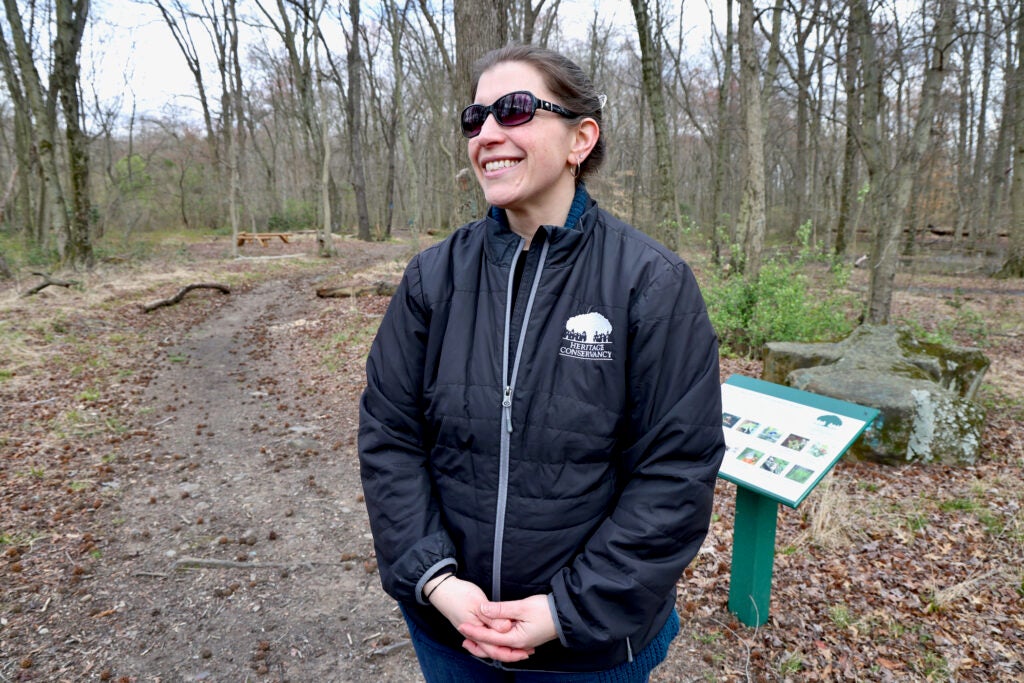
“We had a willing fourth-grade teacher, Kati Bryson, who’s been an amazing partner,” she said. “That’s really where it all started for our environmental education work in schools.”
Bryson uses the woods as a teaching site to learn basic environmental conservation. There is an area of small logs that foster habitats for frogs. Students look after cages put into place to protect small saplings.
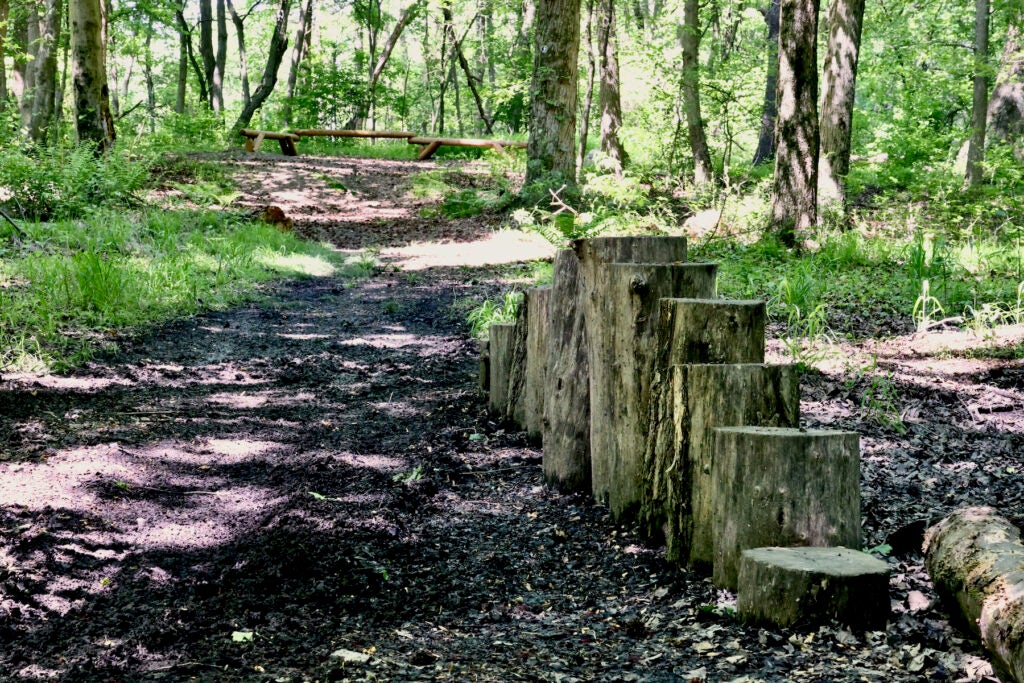
The schoolchildren acquired a sense of ownership of Croydon Woods, and are relentless lookouts. If they see something, they say something.
“Two weeks ago we had a person with a quad, and he was parking his truck and unloading,” Storz recalled. “Somebody comes in and they go, ‘Miss Connie! Somebody’s out there with a quad.’”
“Well, I go out there. I take a picture of his license plate. He’s looking at me, like, ‘What?’” she said. “I said, ‘You are not allowed to bring quads back here.’ I told him where to go, to a place in New Jersey, but not here. He put it up and he left.”
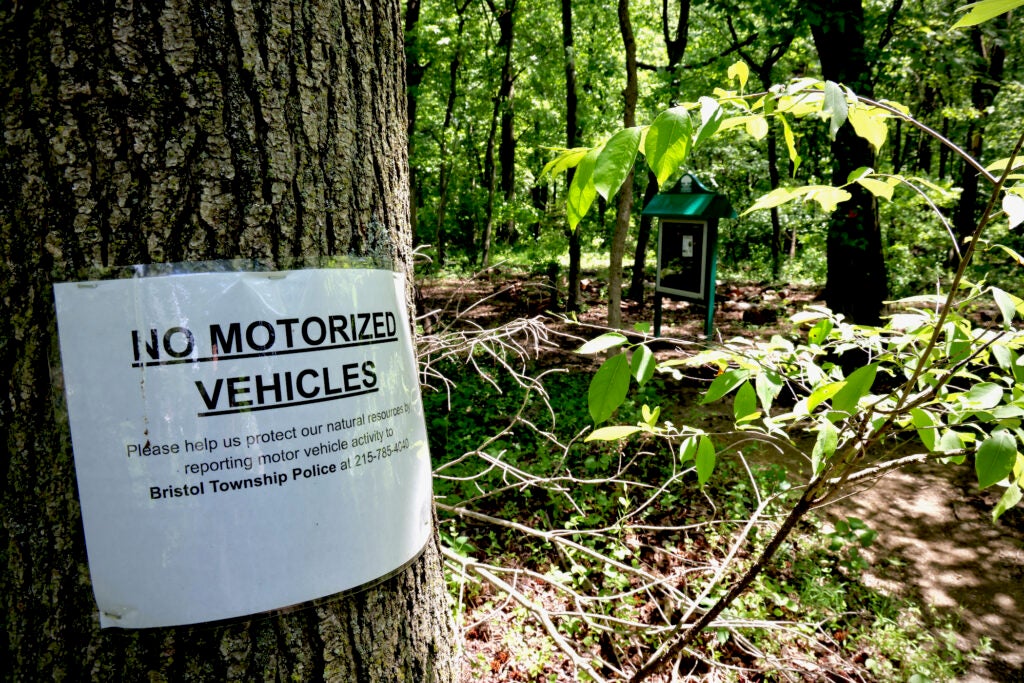
“Thank you for doing that,” Fredebaugh-Siller replied. “That is honestly one of the most important pieces of it. The community being aware and involved in this space has been instrumental in the changes that we’ve seen.”
Community engagement is a cornerstone for urban land conservancy, according to guidelines established 10 years ago by the U.S. Fish and Wildlife Service. Its Standards and Excellence recommendations include understanding the surrounding community, connecting them to the benefits of natural spaces, and providing equitable access to those spaces.
Fredebaugh-Siller was trained in those fish and wildlife standards and developed Croydon Woods as a pilot program that can be replicated at Heritage Conservancy’s other properties.
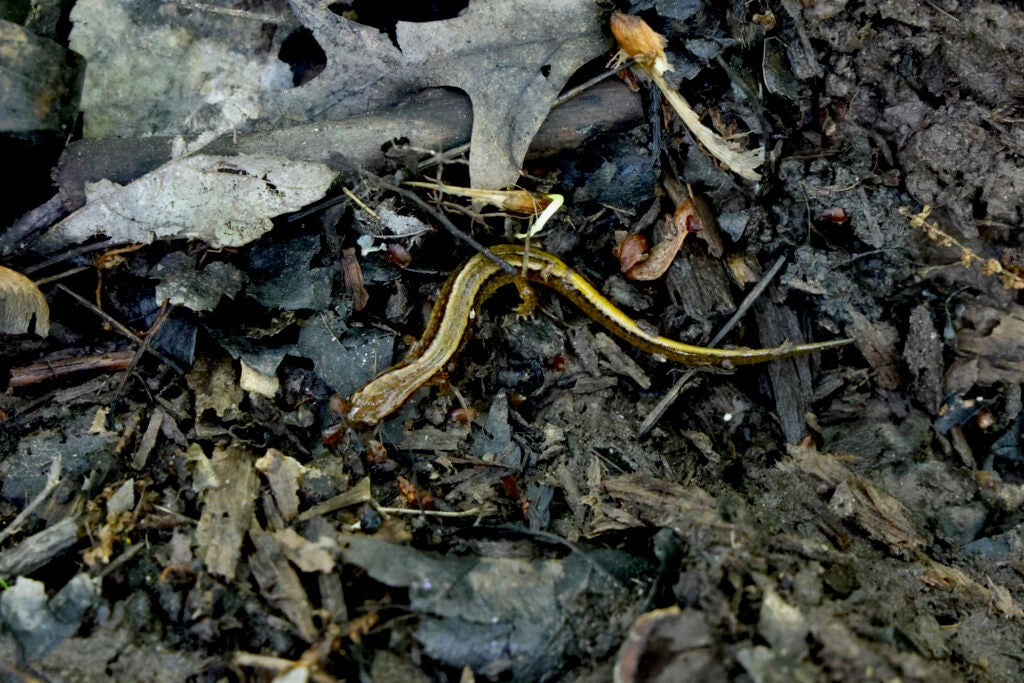
A mural has just been completed on a wall of the adjacent Little League baseball field, which acts as an entry point into Croydon Woods. The image featuring samples of the flora and fauna to be found in the woods was designed with input from children at Keystone Elementary.
The EPA’s role in Croydon Woods is limited to detoxifying its groundwater. But Hass says the long-term success of the site requires the involvement of its neighbors.
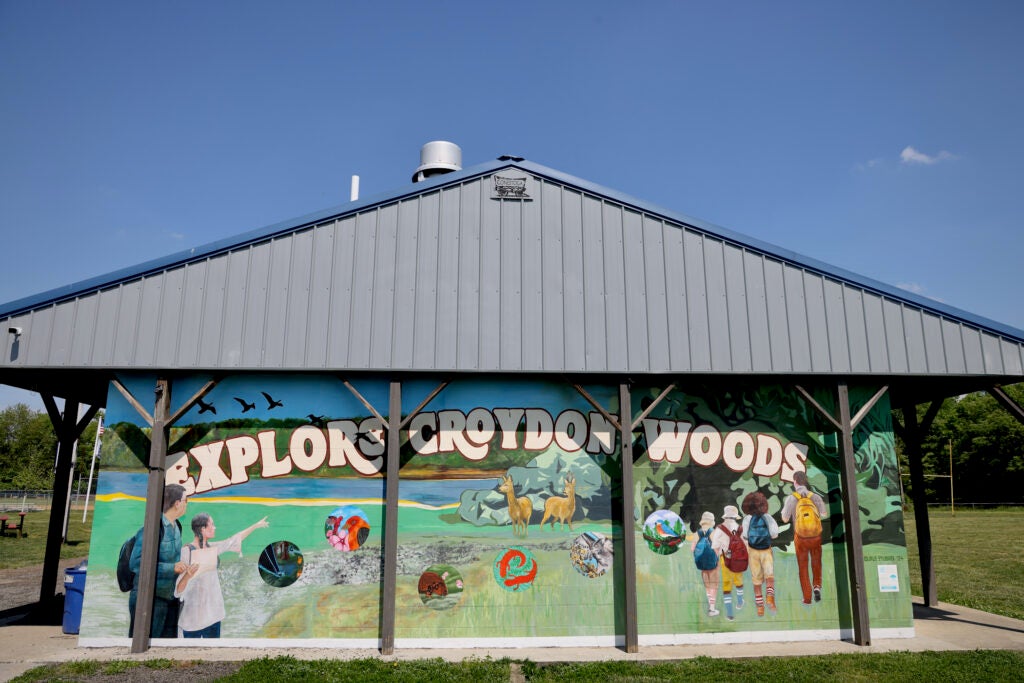
“EPA’s goal with the Superfund sites is to have them back in use, instead of just being fenced off,” he said. “What the Heritage Conservancy has done, taking that parcel over and making it into a park, is a fantastic reuse of a Superfund site.”
Heritage Conservancy owns several properties throughout Pennsylvania, including four publicly accessible ones. Fredebaugh-Siller plans to replicate the public engagement model developed at Croydon at those other sites.

Get daily updates from WHYY News!
WHYY is your source for fact-based, in-depth journalism and information. As a nonprofit organization, we rely on financial support from readers like you. Please give today.



